
How Sightbox crafted Overstock’s Vault campaign using AI tools and human insight.
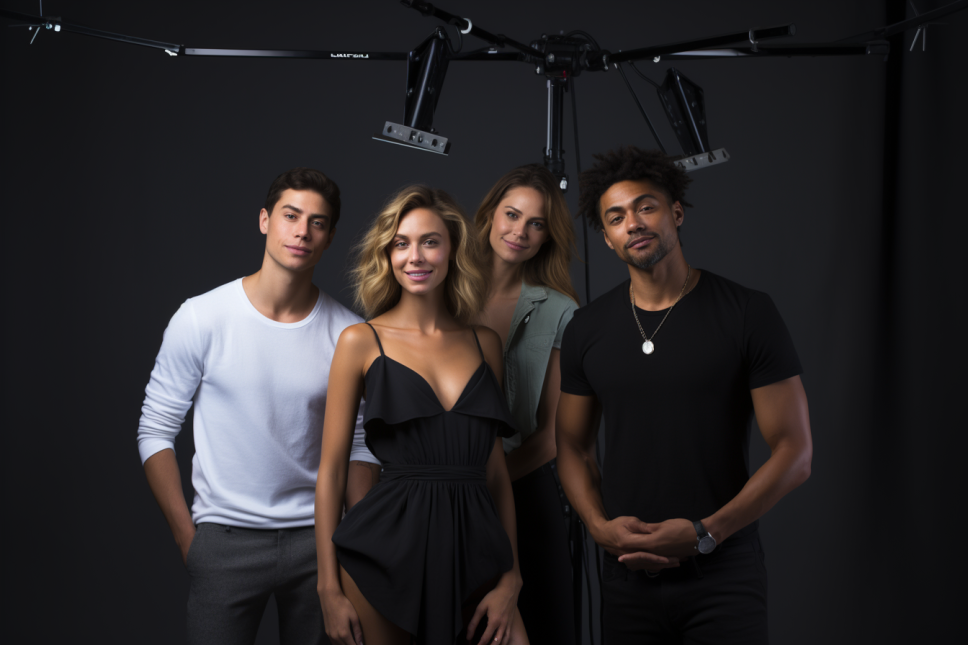
The winds of change are sweeping through the stock photography landscape, leaving traditional giants like iStock “iStuck” in a past era that’s struggling to keep up with rapid technological advancements. The emergence of generative artificial intelligence (AI) is altering the very fabric of the stock photography business model, causing a seismic shift in market dynamics. In this blog post, we delve into how generative AI is not only disrupting the status quo but also undermining the stronghold that companies like iStock once had, as they grapple to adapt to this transformative wave.
The traditional stock photography model has been a staple for businesses, designers, and content creators seeking high-quality images to enhance their projects. This model involves photographers capturing images, uploading them to stock photography platforms, and users licensing these images for a fee. While this model has served its purpose, it has also brought about challenges such as limited variety, high costs, and potential copyright issues.
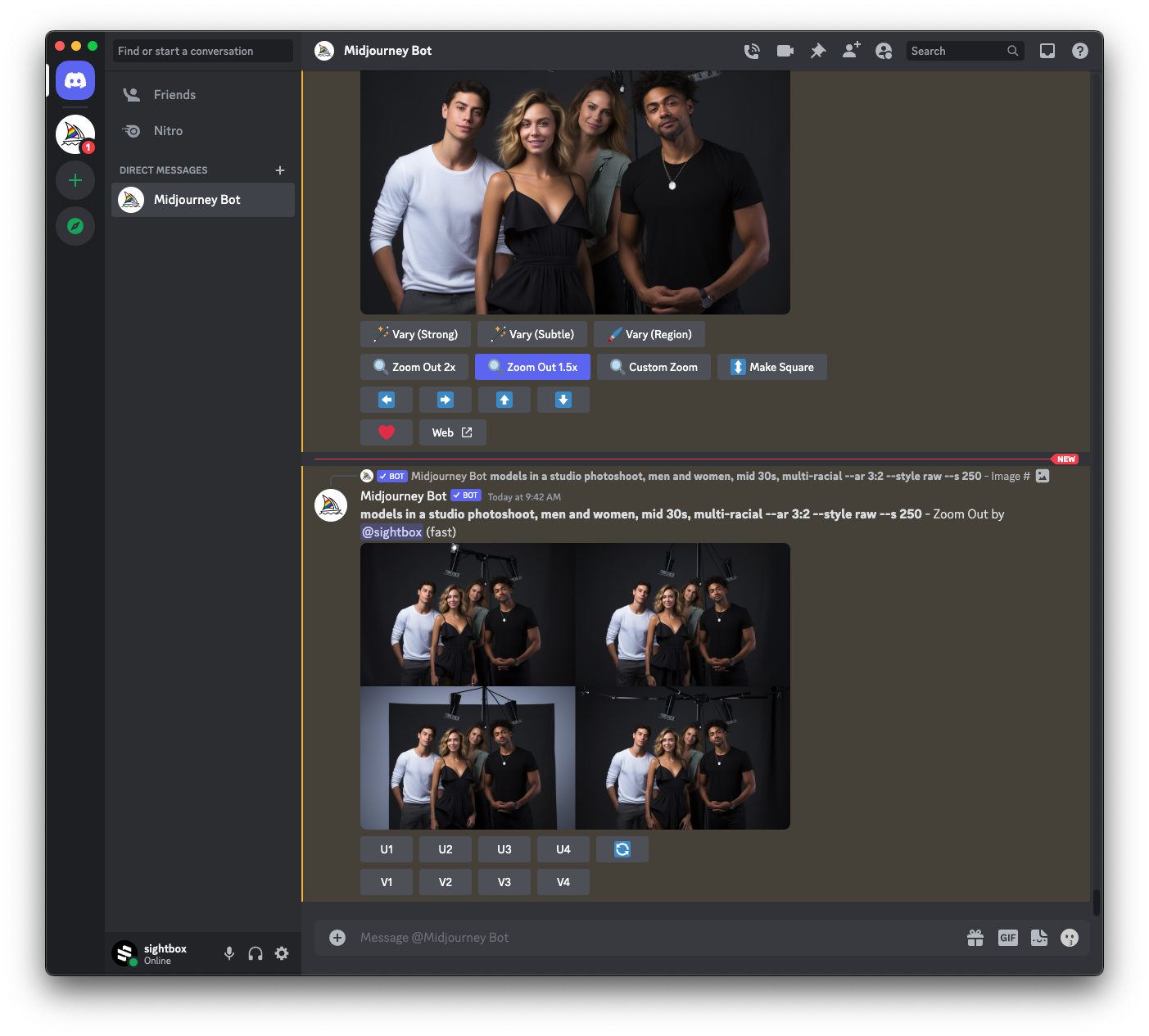
Generative AI, a subset of artificial intelligence, involves training algorithms on large datasets to create new content that mimics human-created content. In the context of stock photography, generative AI algorithms can generate highly realistic and diverse images that cater to specific needs. This technology has the potential to disrupt the traditional stock photography business model in several ways:
While generative AI holds immense promise, it’s important to acknowledge the challenges and considerations associated with its integration into the stock photography industry:
One of the most remarkable aspects of generative AI lies in its ability to cater to highly specific attributes, delivering images that precisely match the needs of creative projects. By utilizing carefully crafted prompts, generative AI can produce images that cover a vast spectrum of attributes, including race, age, gender, facial expressions, apparel, environment, photographic style, lighting, lens, and focal point.
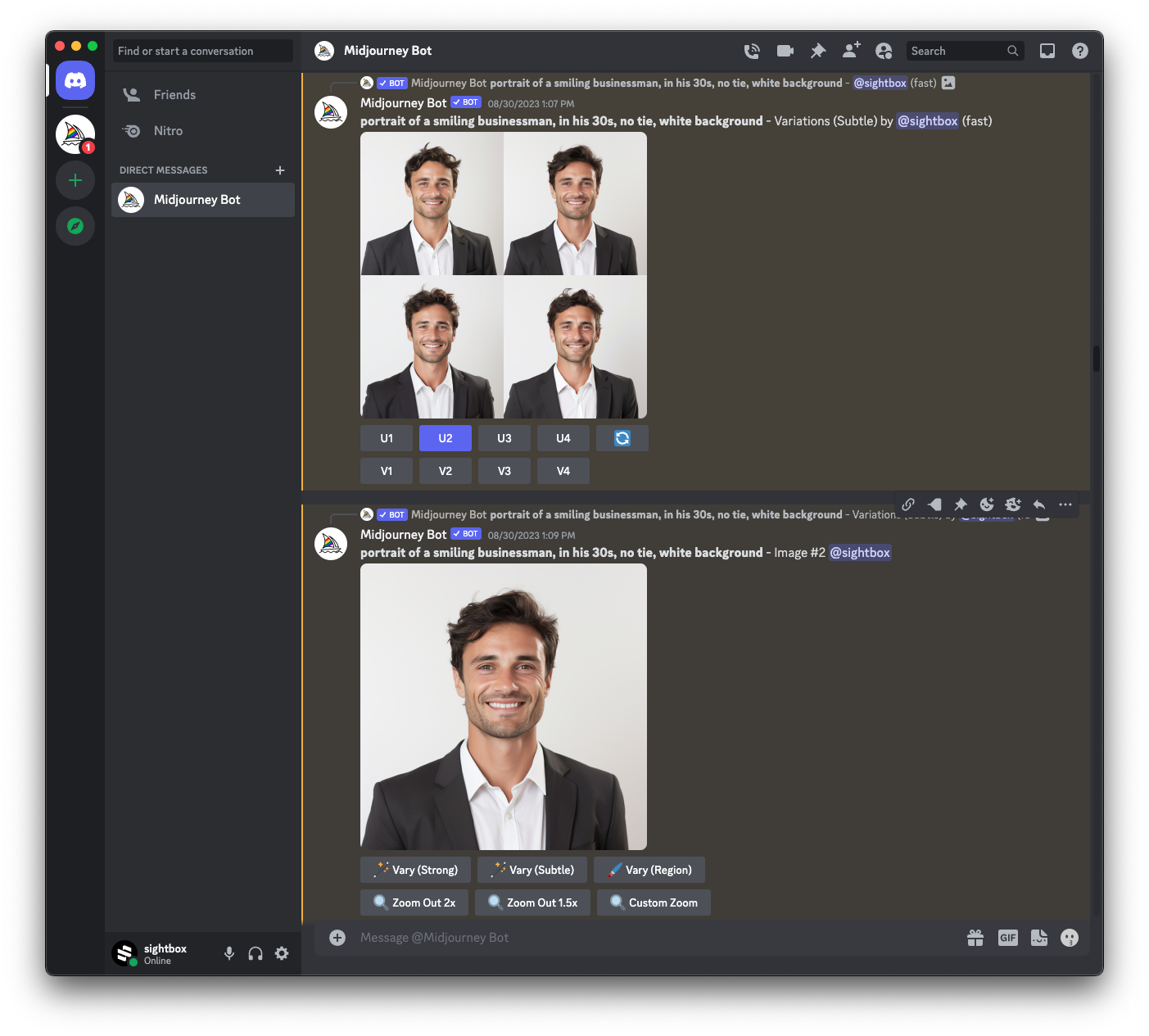
At Sightbox, we’ve embraced the potential of generative AI to create a more immersive and tailored experience for our clients’ website projects. Traditionally, stock photography has been a go-to resource for filling websites with relevant imagery. However, the limitations of stock content in terms of uniqueness and alignment with specific project requirements became apparent.
To address this intricate challenge, we seamlessly integrated generative AI, powered by state-of-the-art neural networks and innovative algorithms, into our web design journey. Collaborating with tools like Midjourney 5.2, we’ve unlocked the ability to generate images that transcend stock content’s boundaries. With generative AI and these advanced tools as our creative allies, we’ve orchestrated a profound shift in how we conceive and actualize website projects. This transformation has led to the fruition of unparalleled levels of customization and an extraordinary visual symphony that resonates with viewers.
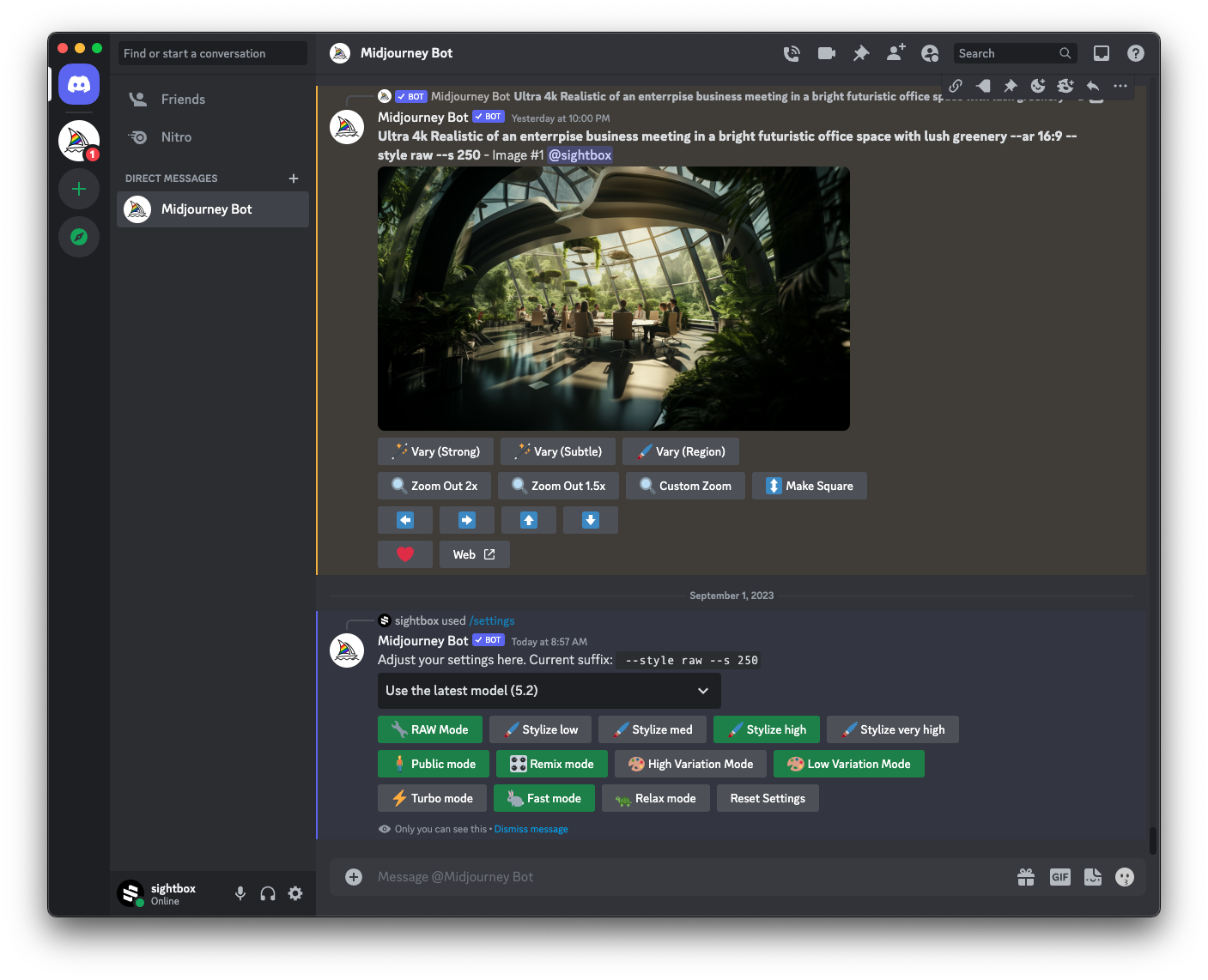
At Sightbox, we recognized the power of collaboration across AI technologies. We’ve utilized ChatGPT at times to help us formulate prompts that guide the generative AI’s capabilities. This collaboration has enriched our creative process, enabling us to fine-tune prompts for specific attributes and desired outcomes.
By embracing generative AI alongside these cutting-edge tools and collaborative AI efforts, we’ve redefined the scope of creativity and elevated the standard for design projects. The collaborative synergy between our creativity, advanced technology, AI collaborations, and the AI’s potential has reinvigorated our design process, echoing a harmonious blend of innovation and imagination. This union paves the way for an enriched visual storytelling experience, reshaping websites into immersive narratives that truly captivate and resonate.
RELATED POSTS

How Sightbox crafted Overstock’s Vault campaign using AI tools and human insight.
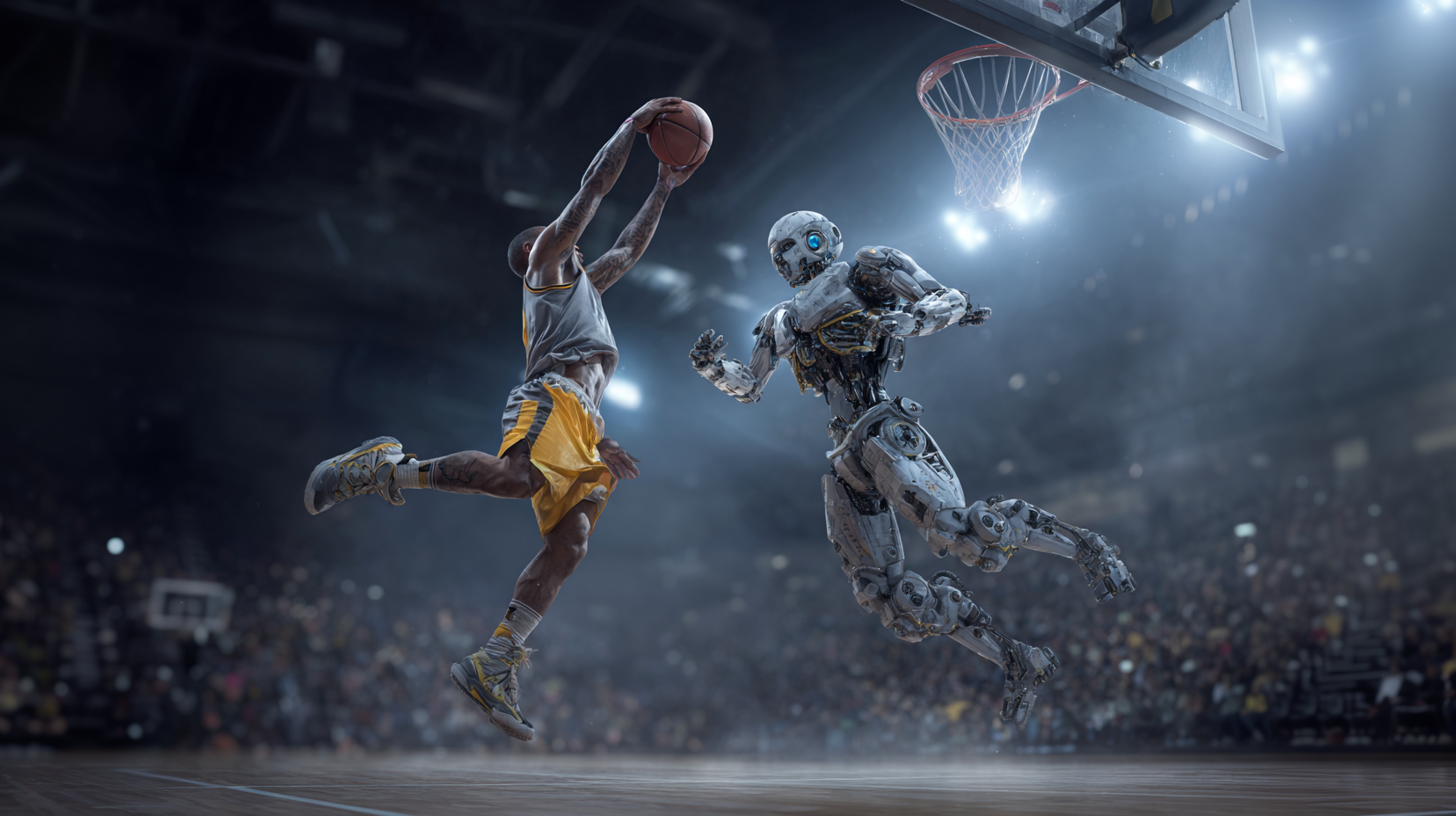
AI design looks clean but all the same. Humans bring taste, soul, and originality. Learn why real creativity still dunks on AI dribble.
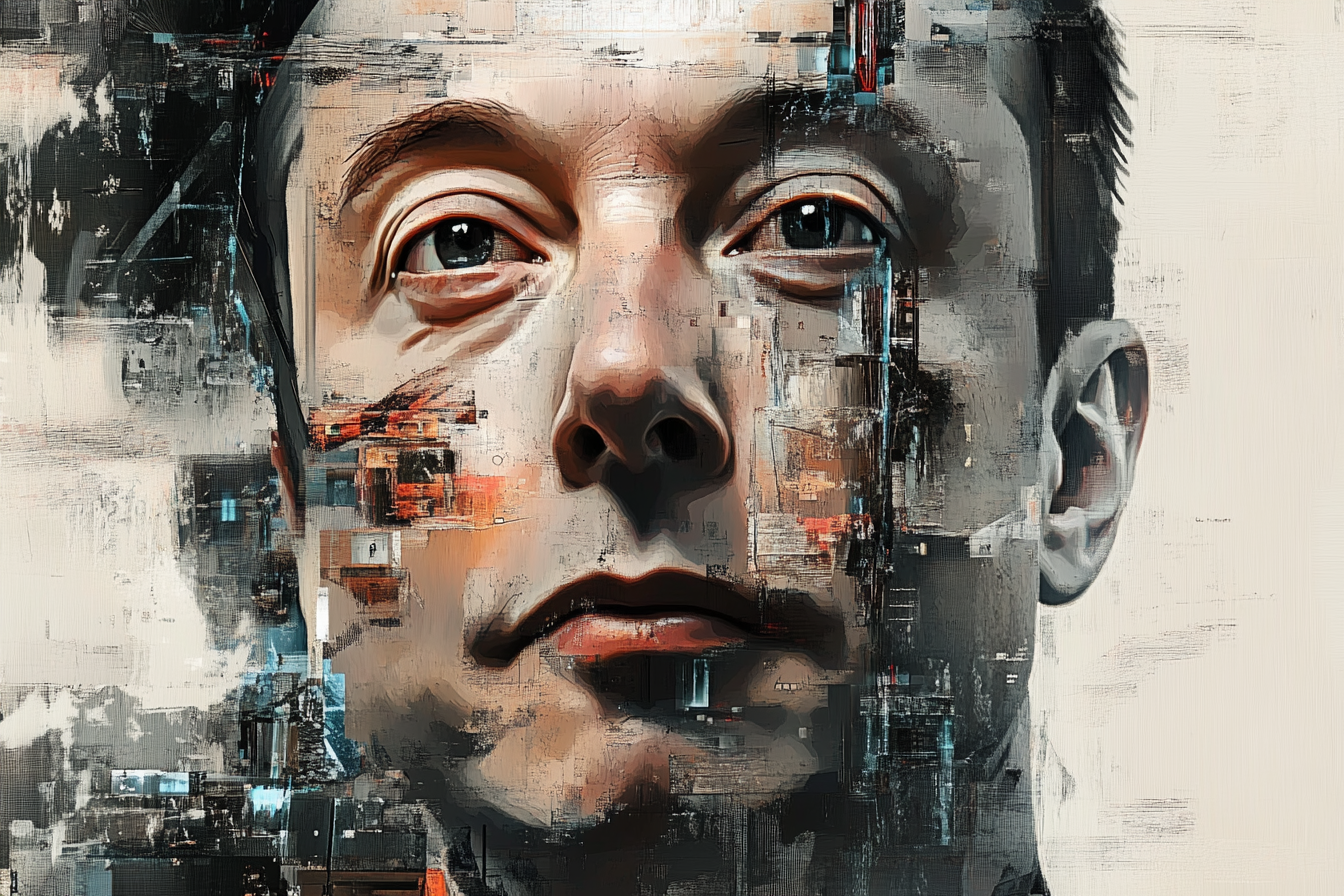
Unlocking the Power of Grok: 10 Game-Changing Use Cases for Startups
In the fast-moving world of AI, Grok is emerging as a powerful tool for startups looking to streamline operations, enhance engagement, and drive innovation. From automating customer support and debugging code to generating personalized marketing content and AI-powered images, Grok offers a diverse range of capabilities to help startups stay ahead. At Sightbox, we believe in leveraging cutting-edge technology to align brand, product, and culture—ensuring your venture not only competes but leads in the AI era. Read on to explore how Grok can transform your startup’s strategy.

The article discusses the impact of generative artificial intelligence (GAI) on startups, leading to a new strategy called “Promise Market Fit.”